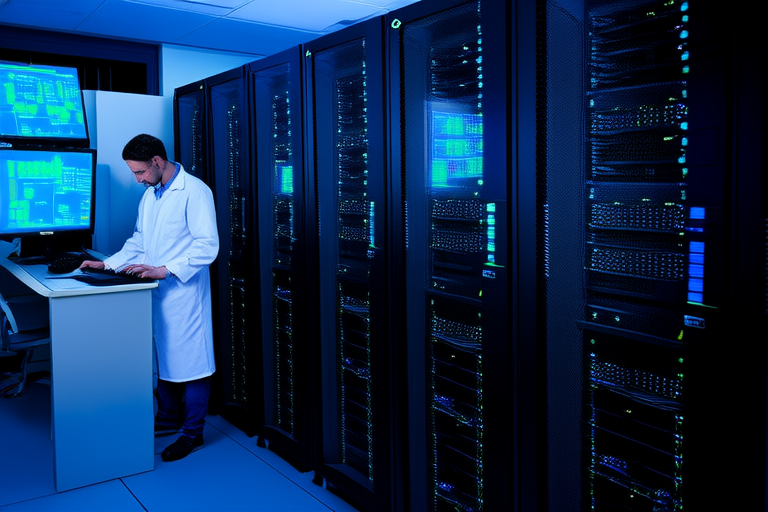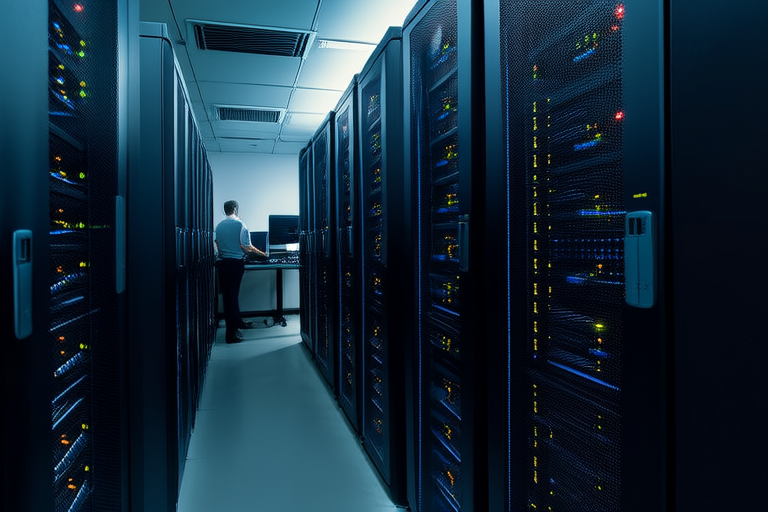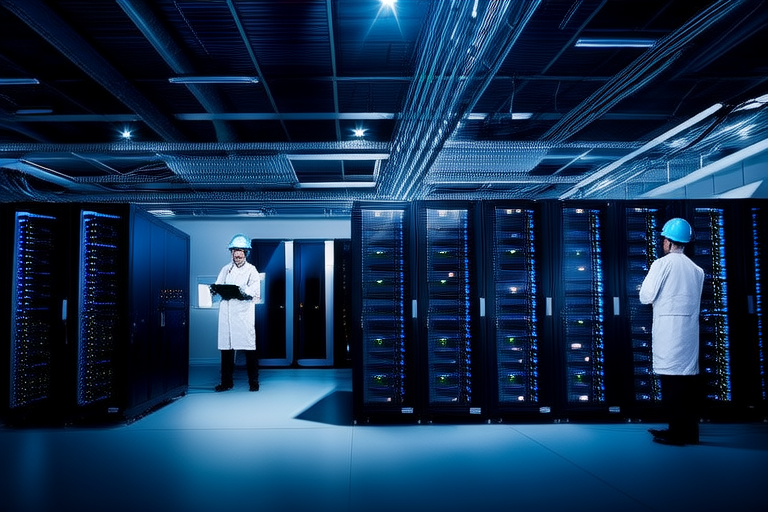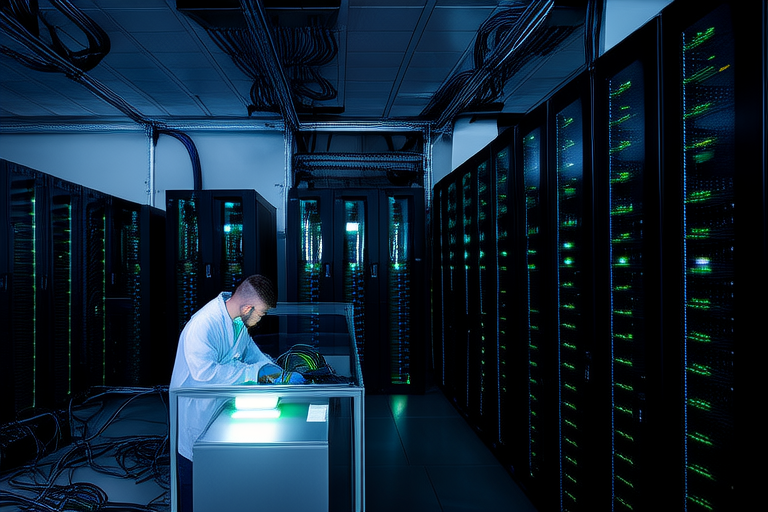“`html
The Synergy Between Cloud Computing and Edge Computing
Introduction
In today’s rapidly evolving technological landscape, cloud computing and edge computing have emerged as two critical pillars of modern IT infrastructure. Cloud computing refers to the delivery of computing services—such as servers, storage, databases, networking, software, and intelligence—over the internet (“the cloud”) to offer faster innovation, flexible resources, and economies of scale. On the other hand, edge computing processes data at the periphery of the network, closer to where it is generated, thereby reducing latency and improving real-time decision-making.
Understanding the synergy between these two technologies is crucial because they complement each other in ways that can significantly enhance performance, efficiency, and scalability. By integrating cloud and edge computing, businesses can achieve a more robust, responsive, and resilient IT infrastructure. This article explores the benefits, differences, and synergies of these technologies, along with real-world applications and challenges.
Section 1: Understanding Cloud Computing
Definition and Core Components: Cloud computing provides a wide range of services, categorized into Infrastructure as a Service (IaaS), Platform as a Service (PaaS), and Software as a Service (SaaS). IaaS offers virtualized computing resources over the internet, PaaS provides a framework for developers to build and run applications, and SaaS delivers software applications over the internet, eliminating the need for local installation.
Common Use Cases and Advantages: Cloud computing is widely used in various sectors, including healthcare, finance, and e-commerce. Its key advantages include scalability, cost-efficiency, and flexibility. Businesses can easily scale up or down based on demand, reduce capital expenditures, and access advanced tools and services without the need for significant upfront investments.
Section 2: Understanding Edge Computing
Definition and Role: Edge computing involves processing data closer to where it is generated, at the “edge” of the network. This approach minimizes latency and bandwidth usage, enabling real-time decision-making and improved performance. It is particularly beneficial in environments where low-latency responses are critical, such as in industrial IoT, autonomous vehicles, and smart cities.
Addressing Latency and Real-Time Decision-Making: Edge computing reduces the time taken for data to travel back and forth between devices and central servers, which is especially important in scenarios like remote surgery or self-driving cars. By processing data locally, edge computing ensures timely responses, enhancing safety and efficiency.
Examples of Benefiting Industries: The Internet of Things (IoT) is one of the most prominent beneficiaries of edge computing. With millions of connected devices generating vast amounts of data, edge computing allows for efficient processing and analysis at the device level. Other industries, such as telecommunications, manufacturing, and logistics, also benefit from reduced latency and enhanced real-time capabilities.
Section 3: Key Differences Between Cloud and Edge Computing
Architecture: Cloud computing typically involves centralized data centers, whereas edge computing distributes processing power closer to the source of data generation. This difference affects the overall architecture, with cloud computing relying on large-scale data centers and edge computing leveraging distributed nodes.
Data Handling: Cloud computing handles data by transferring it to centralized servers for processing, while edge computing processes data locally before sending only relevant information to the cloud. This distinction impacts latency and bandwidth usage, with edge computing offering lower latency and reduced data transfer requirements.
Deployment Models: Cloud computing is often deployed in public, private, or hybrid cloud environments, whereas edge computing is typically implemented in private or hybrid models. Public clouds offer shared resources, while private clouds provide dedicated resources for specific organizations. Hybrid models combine both approaches, allowing for flexibility and customization.
Scenarios: In scenarios requiring high-speed processing and minimal latency, edge computing is preferred. Conversely, cloud computing is ideal for tasks that require extensive computational power, large-scale data storage, or complex analytics. For instance, cloud computing is better suited for big data analytics, while edge computing excels in IoT applications.
Section 4: The Synergy of Cloud and Edge Computing
Complementary Strengths: Cloud and edge computing complement each other by addressing different aspects of data processing. Edge computing handles real-time, local processing, while cloud computing provides scalable, centralized resources for long-term storage and advanced analytics. Together, they create a powerful hybrid architecture that leverages the strengths of both technologies.
Hybrid Architectures: Hybrid architectures integrate cloud and edge computing to optimize performance and resource utilization. These architectures enable edge devices to process data locally and send only relevant insights to the cloud for further analysis. This approach enhances efficiency, reduces costs, and ensures timely responses.
Real-World Applications: Several industries have successfully integrated cloud and edge computing to drive innovation and improve operations. For example, in smart cities, edge computing processes traffic data locally to manage traffic lights in real-time, while cloud computing analyzes long-term trends to optimize urban planning. Similarly, in healthcare, edge computing enables remote patient monitoring with real-time alerts, while cloud computing supports comprehensive patient records and predictive analytics.
Section 5: Challenges and Considerations
Potential Challenges: Implementing a combined cloud-edge solution presents several challenges, including ensuring seamless integration, maintaining data consistency, and addressing security concerns. Additionally, interoperability between different systems and platforms can pose significant hurdles.
Security, Data Privacy, and Interoperability: Security and data privacy are paramount in any IT environment. When integrating cloud and edge computing, it is essential to implement robust security measures to protect sensitive data. Interoperability between different systems and platforms must also be ensured to facilitate smooth communication and data exchange.
Strategies for Overcoming Challenges: To address these challenges, organizations should adopt best practices such as using standardized protocols, implementing strong encryption, and conducting regular audits. Additionally, investing in skilled personnel and staying updated with the latest technologies can help mitigate risks and ensure successful implementation.
Conclusion
The synergy between cloud computing and edge computing offers numerous benefits, including improved performance, efficiency, and scalability. By leveraging the strengths of both technologies, businesses can create a more robust and responsive IT infrastructure. As technology continues to evolve, the integration of cloud and edge computing will become increasingly important, driving innovation and shaping the future of digital transformation.
The future outlook for this field is promising, with ongoing advancements in hardware, software, and network technologies. Organizations are encouraged to explore and embrace the potential of cloud and edge computing to stay competitive and meet the demands of the digital age.
“`




